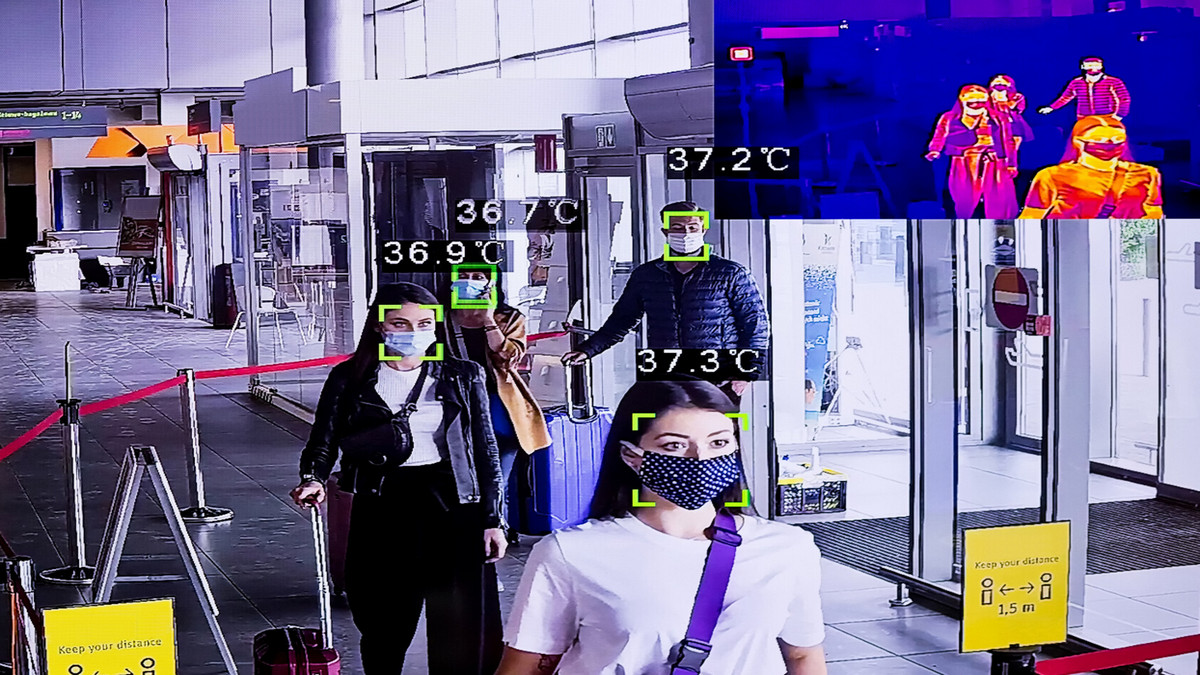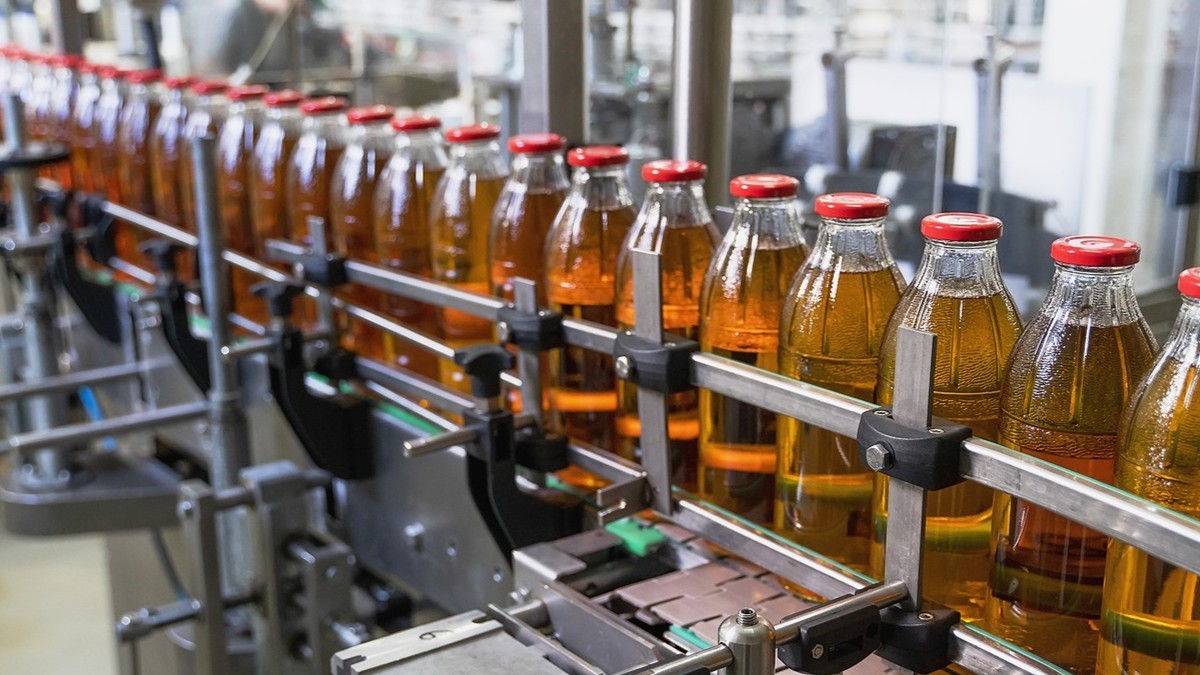Due to the increases in demands for epidemic related drugs, screening reagents, and other products driven by the epidemic, the output values of drugs, medical supplies, and other related products have been increased.
What are the Trends of the Pharmaceutical and Medical Manufacturing Industry?
The pharmaceutical and medical manufacturing can be divided into to the manufacturing of Active Pharmaceutical Ingredients (APIs), Western medicines, medical-biological products, Chinese medicines, and medical chemical products.
Pharmaceutical products and medical products have long product development times, high R&D investment costs, and high risks. But new drugs are protected by patents, and can be sold on the global market with high returns, and are not highly affected by economic prosperity. Because medicines are highly related to life and health, they are highly regulated by health authorities. The industry’s structure is complex, and the division of labor in this technology-intensive industry is refined and specialized. Because the the pharmaceutical and medical manufacturing industry is highly regulated, requires production specialization, is technology-intensive, and is a high value-added industry, it is more difficult to enter than other industries.
Industry revenue has shown sustained and stable growth over the past five years, rising from 101.2 billion yuan in 2016 to 123.5 billion yuan in 2020. In 2020, due to increased demand as a result of the COVID-19 epidemic, the revenue from related drugs, screening reagents, and other products, increased by 7.16 percentage points from 115.2 billion yuan in 2019.
Western pharmaceutical and medical manufacturing industries are large, high-revenue industries. While the other relatively smaller industries showed revenue losses, these raw material, drug manufacturing industries, and the medical-biological product manufacturing industries observed substantial revenue growth in 2020. The medical chemical product manufacturing industry grew the most, with a revenue growth rate of 44.10%, followed by the raw material medicine manufacturing industry, with a growth rate of 26.24%.
The number of pharmaceutical and medical manufacturing companies have remained stable in recent years, with their overall revenue showing steady growth. Compared with other industries, under the influence of the COVID-19 epidemic in 2020, the pharmaceutical and medical manufacturing industry has not been greatly affected. The epidemic has even increased the demand for medical-biological and chemical products, which has driven the growth of demand for screening reagents and related medical chemicals.
With the advancement of medical care, the increase of national income, and the aging of the population, the demand for healthcare has increased. According to NHE data, national healthcare expenditures accounted for about 6.5% of gross domestic product from 2016 to 2019. Among them, consumption of medicines accounted for about 1.2% of expenses. The proportion of pharmaceutical products consumption expenditures in recurrent health care expenditures (CHE), was as high as 19% between 2016 and 2019. This shows that pharmaceutical products expenditures account for a certain proportion of consumption and the development of the domestic market is stable.
In terms of foreign markets, the market actively promotes the internationalization of the pharmaceutical products industry. In recent years, the export sales of Taiwan's western medicine preparations industry have grown rapidly. In 2019, the export value of Taiwan's western medicine preparations reached NT$13.048 billion, an increase of 24.94% from 2018; and in 2020 due to the COVID-19 epidemic affecting patients' willingness to enter the hospital, the growth rate of the western medicine preparation market was limited. In 2020, the export value of western medicine preparations was NT$13.706 billion.
Recently affected by the COVID-19 epidemic, the raw materials of some drugs are concentrated in specific countries, causing possible drug shortages, prompting countries to think about the global drug supply chain system and adjust to local production. Taiwan has already deployed overseas and API manufacturers in the market are also making this change to actively strive for market participation opportunities. In addition, when countries are actively developing vaccines, they also can accelerate the development of the medical-biological products manufacturing industry. In response to the impact and development of the epidemic, how to accelerate the development of competitive and high-value products to seize global market opportunities will be the focus of Taiwan's pharmaceutical and medical manufacturing industry.
The Trends of the Pharmaceutical, Medical, and Cosmetics Retail Industry
"Pharmaceuticals, Medical, and Cosmetics Retailing" includes two major categories: medicines and medical supplies retailing and cosmetics retailing. Monopoly retail stores engaged in medicines, medical supplies, consumables, and cosmetics, all belong to the pharmaceuticals and cosmetics retailing business. Taiwan's pharmaceutical, medical, and cosmetics retail industry is currently dominated by a composite business model, selling diversified products. In addition to medicines, medical supplies, and cosmetics, it also sells nutritious and healthy food, snacks, and daily groceries.
In the past five years, the number of profit-making businesses in Taiwan's pharmaceutical, medical, and cosmetics retail industry has fluctuated and remained at around 25,000. The development of the pharmaceutical, medical, and cosmetics retail market tends to be dominated by large enterprises and chain enterprises.
Through the overall revenue, the growth of the pharmaceutical, medical, and cosmetics retail industry can be better seen. Due to the improvement of living standards, people are paying more and more attention to beauty and health. Taiwan's elderly population accounts for close to 15%, so is officially considered an elderly society. Consumers' demand for medical and health products has also increased. The retail sales of pharmaceuticals, medical and cosmetics have continued to grow over the past five years, with an annual growth rate of 6.1% in 2008 and revenue of 215.9 billion yuan. This fully reflects the public's demand for drugs, medicine and cosmetics. In the future, industry players can make innovations based on the sales trends of related products and grasp market preferences.
Because medicines and medical supplies are different from general commodities, being mostly used on the human body and have a certain degree of risk, they are controlled by the Pharmaceutical Affairs Law. The sales of prescription drugs need to be presided over by a licensed pharmacist. Cosmetics and health food products that are also applied to the human body are also subject to relevant regulations. Therefore, there are certain thresholds for product sales, and consumers have higher requirements for the safety of related products.
At present, the sales channels of the pharmaceutical, medical, and cosmetics retail industry are still mainly physical stores. The pharmacy personnel or beauty consultants in the store can provide consulting services and product suggestions, and consumers can see the product and be more at ease. However, according to statistics from the Statistics Department of the Ministry of Economic Affairs, the proportion of pharmaceutical, medical and cosmetics retail sales through e-commerce platforms has grown from 0.9% in 103 to 3.3% in 107, indicating that there is still room for growth in the digital market. Actively put into operation, 49.2% of for-profit business operators will sell through e-commerce.
However, due to the restrictions of relevant laws and regulations, the Ministry of Health and Welfare currently only approves qualified operators to sell Class B drugs on the Internet. Will some common Class A drugs be sold on e-commerce platforms in the future or obtain instructions from pharmacists via the Internet? The ability to purchase indicated drugs online is to be discussed by government agencies, medical experts, and industry players.
At present, the pharmaceutical, medical, and cosmetics retail industry mainly encounter fierce price competition, low gross profit, and high homogeneity and substitution of commodities. Facing price competition, Taiwanese drugstores are actively exhibiting stores to increase their influence, and the competition is becoming more intense. In addition to the continuous expansion of chain retailers, well-known foreign cosmeceuticals have also come to Taiwan one after another, which has intensified market competition.
In addition, apart from consolidation, Taiwan's pharmaceutical retail also cooperates with other retail industries. It can not only expand its business through existing locations but also strengthen its bargaining power. Hybrid stores are the future development trend. In terms of digital applications, the integration of medicine and technology will be closer in the future. At present, pharmacies have developed applications to provide appointments, consultation, and dispensing services. Therefore, in addition to improving the convenience of e-commerce platforms, online professional consultation and recommendation, product evaluation, etc. are all digital services that can be strengthened by the pharmaceutical, medical, and cosmetics retail industry.





.jpg)








.jpg)